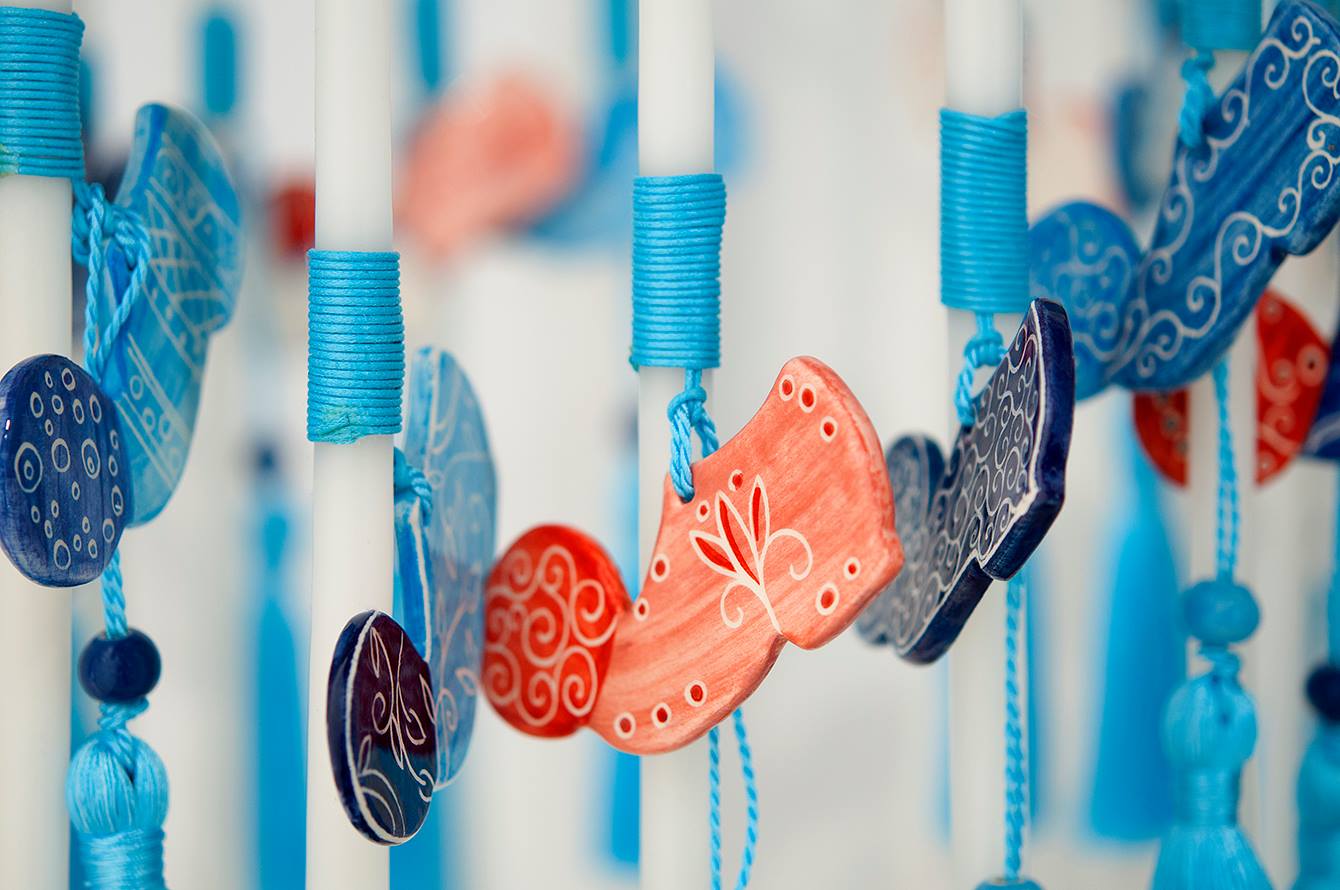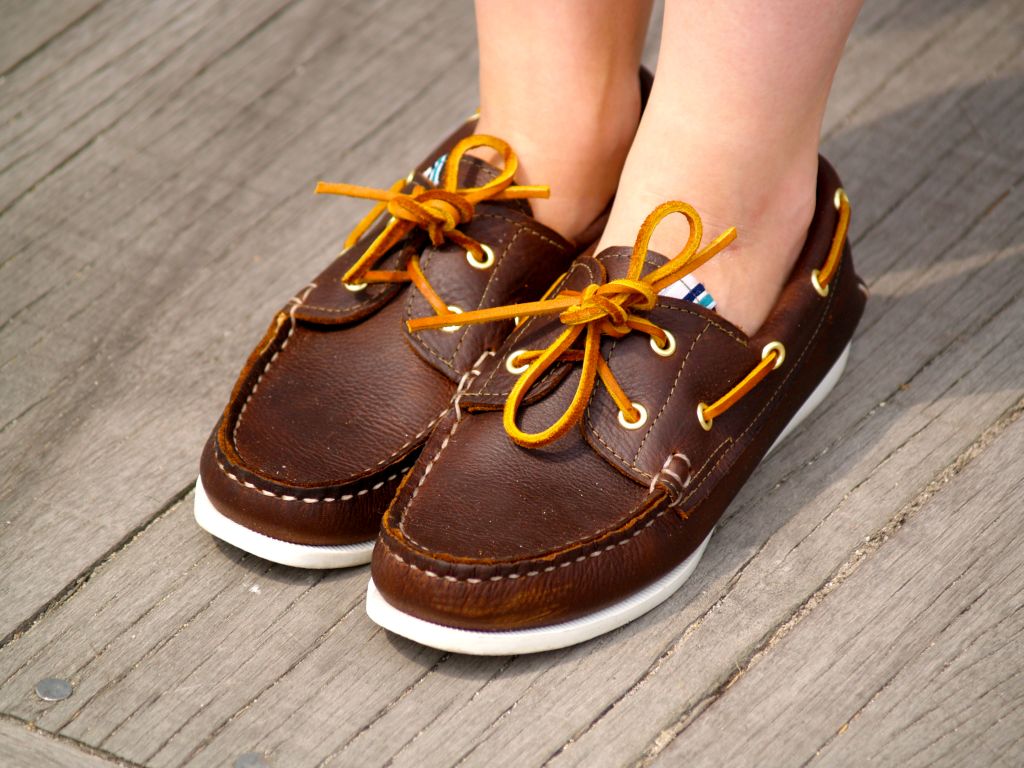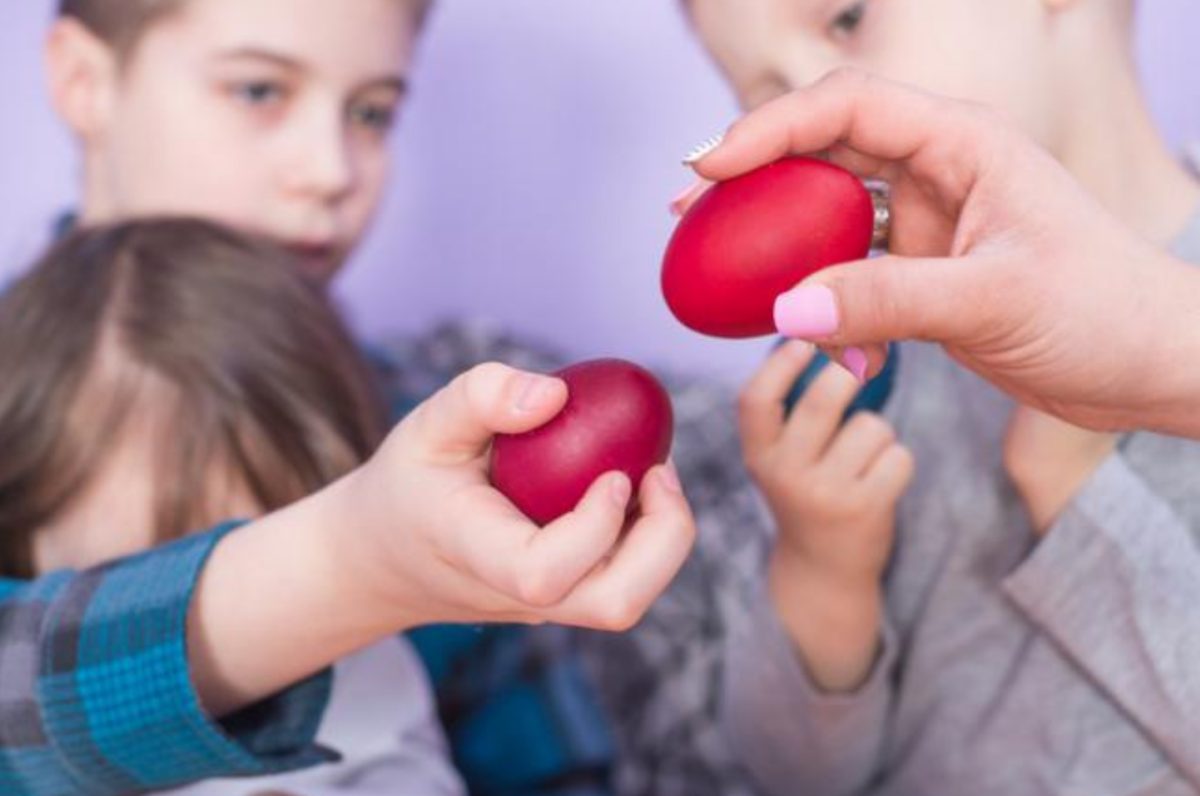Your Greek Easter Etiquette Guide

Greeks have their own way of doing Easter and it’s simply different from anywhere else in the world. We decode the most important local lingo, food traditions and cultural customs you need to know to stop you from looking like a bunny this Easter. Here’s a quick snapshot of a few customs you need to acquaint yourself with.
Fancy waxies
If you’re a godparent, the ‘lambada’ selection is a big deal… it usually coincides with the god-child’s favourite football team or Disney character!

Wax-drip cupcake holders
They look like plastic cupcake holders and in case you’re wondering what purpose they serve, it is to prevent hot wax from dripping on to your fancy clothes and shoes.

Ask for your blue suede shoes
Shoes were traditionally the most popular of Easter presents, presumably because it was considered as the one big buy that godparents indulged in. Today, shoes have been substituted with the adopted custom of giant chocolate eggs!

Eggs, bums and noses
Na Tsoungrisoume? or ‘Shall we crack them?’ is something you are likely to be asked on the way back from church on Saturday night. In Greece, instead of egg hunts, it is a game of cracking your red egg against someone else’s egg. The strongest, uncracked egg wins! Players get to choose whether they use the pointier side of the egg – the miti (nose) or the wider bottomed side – the popo (bottom).

Easter lingo
Be the first to wish ‘Christos Anesti’ (Christ Is Risen in Greek). If you’re wished first, you reply ‘Alithos Anesti,’ (Indeed, He has Risen).
Happy Easter! Kali Anastasi!













